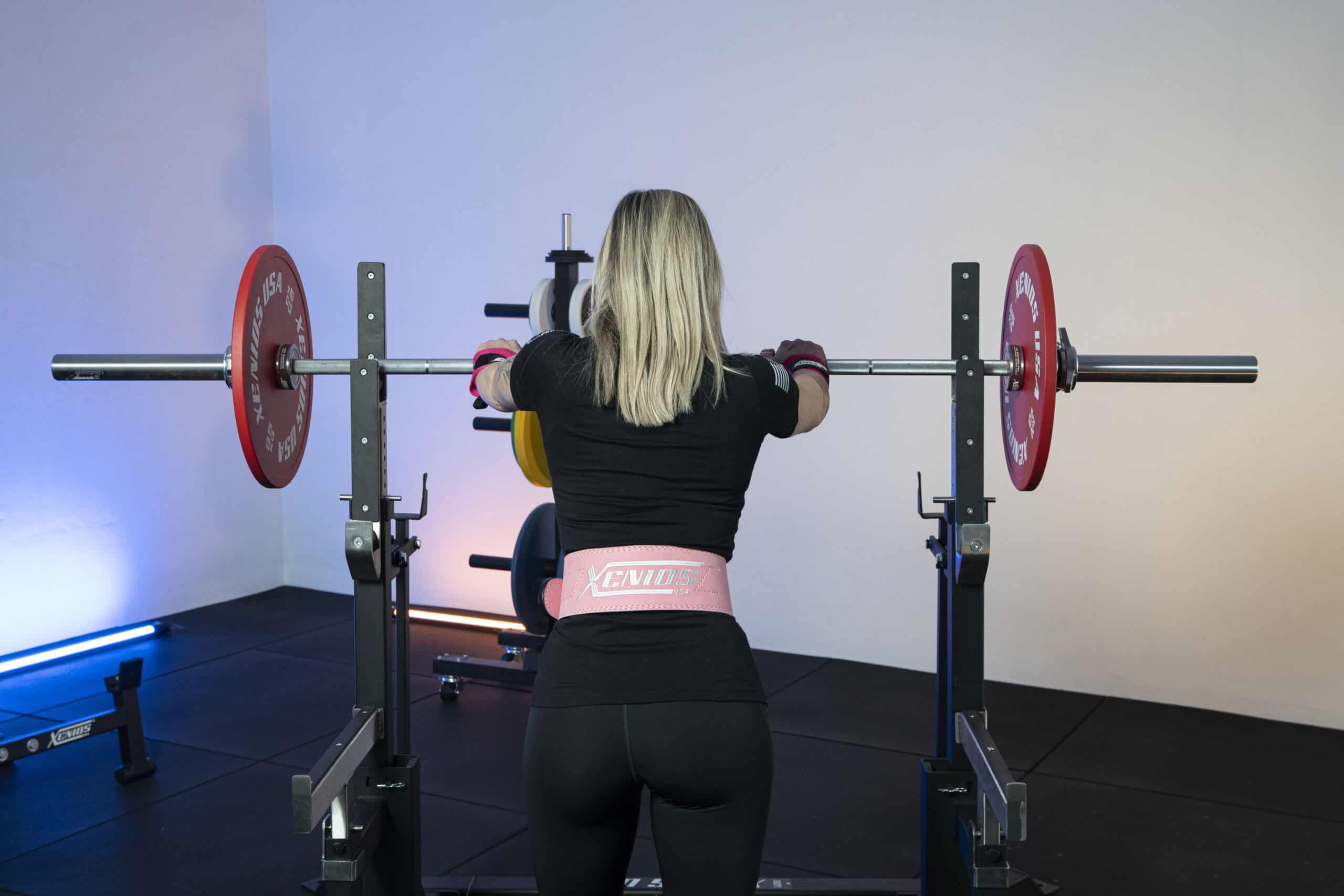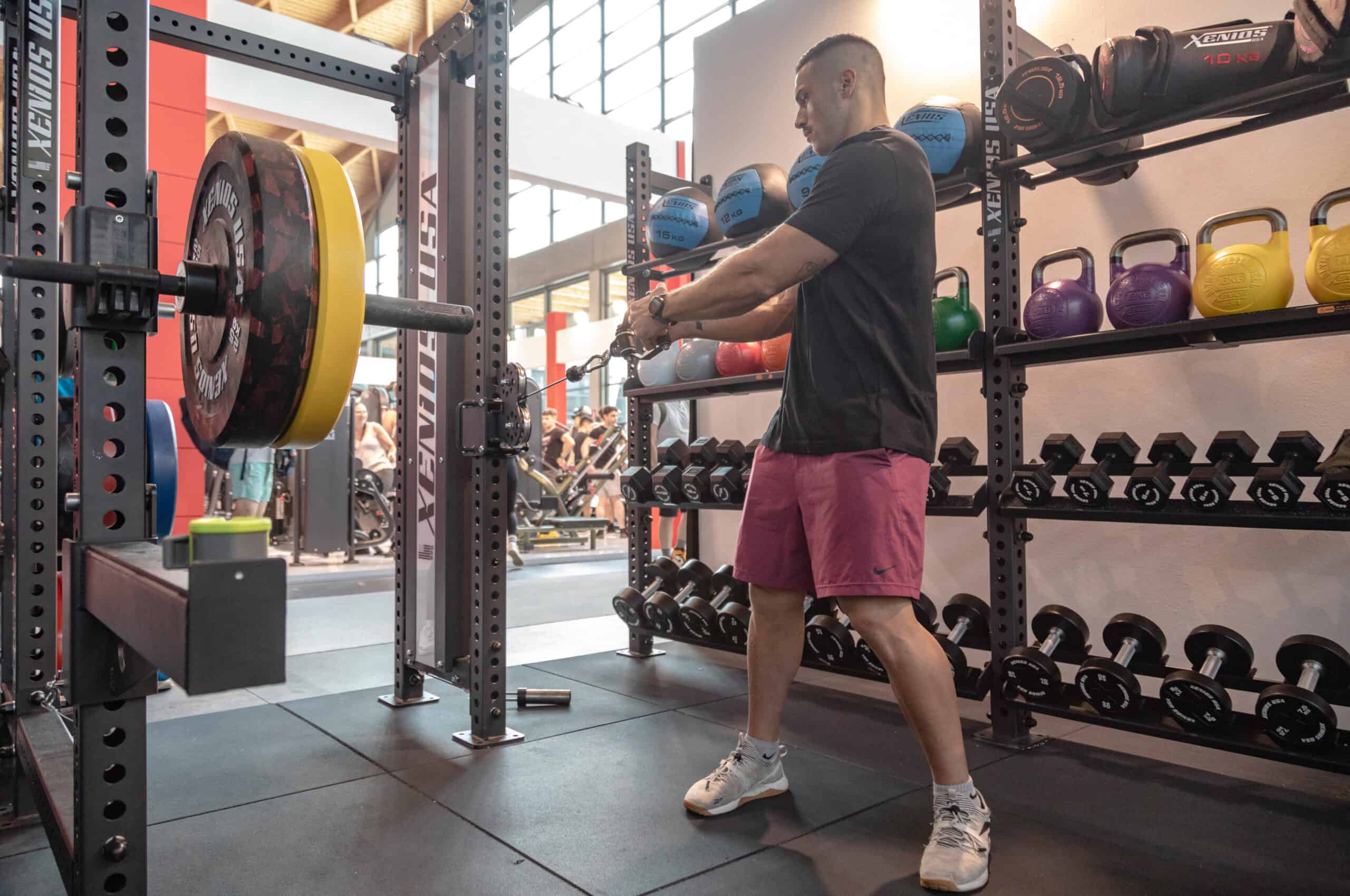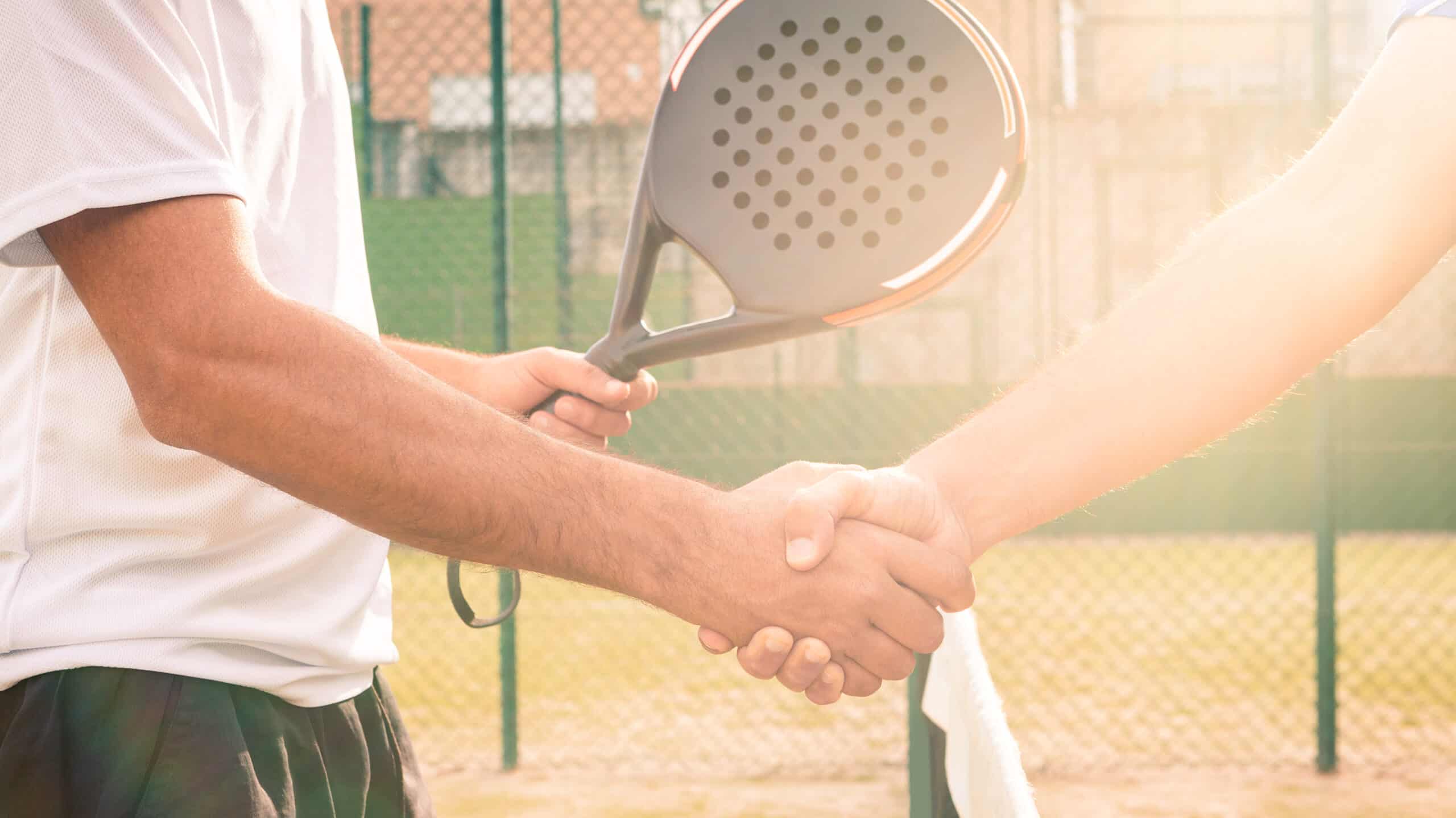The Flat Bench Press or the Bench Press, is one of the most used fundamental exercises by athletes to build strength, hypertrophy, and power in the upper part of the body.
There’s an ever-increasing interest in this exercise, that isn’t just a valid exercise in order to monitor strength levels in a field test, but also as a therapeutic method to increase neuromuscular performance and bone matrix density.
Bench presses on the flat bench fall into the category of multi-joint movements that simultaneously use multiple muscles and joints, and can be taught to most people without any excessive limits.
coordinative skills in order to allow them to subsequently obtain a performance advantage in the discipline they practice.
More researchers have demonstrated that bench presses on the flat bench can bring an increased request of stabilization of the glenohumeral joint by muscles such as the medial deltoid. Sports like basketball, baseball, tennis, squash, hockey and volleyball include movement that require strength and stability of the deltoid around the glenohumeral joint.
Consequently, you learn how the advantages that can be linked to the inclusion of the flat bench in your training program are extended to more than one sports sector.
Noting the many benefits for understanding the right method, the skeletal musculature that is used and its variants result not just interesting, but fundamental.
Gym Flat Bench
The flat bench has always been one of the most popular exercises that you can do at the gym.
It’s included in programs both aimed at increasing strength from a powerlifting point of view, as well as in training sessions that target the implementation of the skeletal muscle mass, the primary purpose of bodybuilding.
characterize the bench press on the flat bench and the most common errors, preventing not just the incorrect activation of the target musculature, but also potential joint injuries due to a suboptimal execution.
Now let’s analyze the precautions that a novice must adopt to approach this exercise in the best way possible.
The process goes as follows:
- supine position with eyes below the bar, knees bent and feet resting on the ground in order to guarantee stability, balance, and the correct scapular position (there should be five contact points: head, shoulder blades, glutes, both feet);
- adduction and depression of the shoulder blades to prevent joint injuries from a kyphotic posture and shoulder protrusion during the push phase;
- the positioning of the hands on the barbell at a distance that’s wider than the width of the shoulders, of about 81cm, with a double prone closed grip with opposition of the thumb;
- a deep breath and detachment of the barbell from the rack while keeping the wrist not flexed but in line with the forearm. The elbows must be placed under the wrists;
- an eccentric phase (descent) in which the barbell is positioned in line with the nipples, preventing it from bouncing on the torso;
- a stop phase at the chest to encourage greater coordination;
- a concentric phase (ascent) in which you’re looking for a complete extension of the elbows, avoiding protracting the shoulders in a kyphotic position. Exhalation only occurs at the end of the latter point. The trajectory of the barbell must be slightly diagonal from the nipples reaching approximately the beginning of the neck;
- the closure with the repositioning of the barbell onto the rack.
Avoid as much as possible the following:
- lifting feet from the floor or glutes from the bench,
- detaching the head from the bench during movement,
- curving the spine by leaning the shoulders forward,
- gripping the bar in a nonsymmetric way and with a grip where the thumb is not in opposition,
- inhale late during the eccentric phase that has already started,
- exhale too early before you’ve reached the critical point in the ascent,
- not maintain the bones of the wrist in line with the barbell,
- bounce the barbell off the torso.

Flat bench muscles involved
The flat bench, as already mentioned, is a multi-joint exercise since it involves simultaneously more than one joint occupying a large number of muscles.
From the scientific literature, it emerges that the main muscles that are activated during this movement are mostly the pectorals, the anterior deltoid, the brachial triceps, and the anconeus with the extensor movement of the forearm and the small pectoral, the subclavian and the large dentate through the abduction of the shoulder blade. Nonetheless, it has demonstrated that the participation of some muscle groups results as more or less great in relation to one’s postural structure, the weight load being lifted, the degree of mastery of the technique, and according to how the exercise is performed.
From several electromyographic analyses, including those reported in the studies by Barnett et. al. from 1995 and by Luczak et. al. from 2013, it can be hypothesized that:
- the costal sternum portion of the pectoralis major is more active while using the flat bench than with a declined bench.
- the activation of the clavicular tract of the chest occurs equally both with the flat bench as with more inclination, while it is less following lesser inclination;
- a tighter grip involves the clavicular portion more;
- the use of the anterior deltoid increases and decreases the costal sternum area at a greater inclination of the torso;
- the long head of the brachial triceps is more active with a tighter grip on the flat bench compared to other variants;
- the participation of the large dorsal is limited in all conditions;
- an inclination greater than 45 degrees favors more so the activation of the anterior deltoid and the clavicular tract of the pectoralis major.
Flat Bench exercises
discipline you wish to embrace, the aesthetic result and performance desired, and the equipment you have available.
Based on the set goal, you can opt for performing the bench press movement with different equipment and methods. It can be done using:
- the Smith Machine
- dumbbells
- a barbell (it’s possible to add bumper plates, chains for lifting weights or resistance bands)
Over the years to satisfy both aesthetic and individual needs, new variants of the traditional bench have been created.
Furthermore, it was observed that based on the inclination of the bench it can be possible to obtain divergent muscle involvement. Among the most diffuse and well-known variants there are the following:
- Inclined bench
- Declined bench
- Tight grip bench
In order to refine the technique, especially in powerlifting cases, changes are often made not only in the position of the load, but also in the execution speed, of the range of movement and the grip.
Here are some examples:
- Board press
- Floor press
- Pin press
- Bench with chest stop
- Bench with chest stop and fast concentric
- Bench with slow eccentric
- Bench with slow eccentric and concentric
- Wide grip bench
- Medium grip bench
- Tight grip bench

Final Considerations
- The flat bench is a multi-joint exercise that allows, if followed with frequency and criteria, to gain contractile muscle mass, implement strength and improve coordinative and conditional capabilities bringing benefits even to all of the sports where it’s required to have stabilization of the glenohumeral joints by muscles such as the medial deltoid.
- As much as it might be considered an easy-to-learn exercise, the flat bench needs a lot of attention, particularly in the case of novice users. Focusing the movement on a complex and delicate joint such as the shoulder blade-humeral girdle means that performance errors must be minimized.
- It’s necessary to memorize all of the necessary precautions so that optimal technique can be used, free of hyperkyphotic postures and errors of distraction, like grabbing the barbell in an asymmetrical way, lifting the legs, head and glutes or letting the bar fall on the torso.
- To search for more subjective or performance aesthetic improvements, you have the possibility of deviating from many variants. Muscle activity during the bench press is correlated to the position, load, repetitions, series, rest and speed. The load is chosen with relation to goals, the age of the person, their gender and training experience.
- From the electromyographic investigations it was found that both the width of the grip and the inclination of the torso can lead to a more significant muscle overload in one area with respect to another one. As the inclination of the bench increases, the activity of the anterior deltoid increases and diminishes that of the costal sternum tract. The tight grip with elbows close to the torso, even more than the inclination, appears to involve more the clavicular portion of the pectoralis major in addition to favoring an optimal participation of the brachial triceps. A greater declination, however, corresponds to a lower activation of the deltoid and greater activation of the costal sternum zone. A favored situation even during the dips on the parallel bars, pull-ups and a flat bench performed with the correct scapular position.
Bibliography
- Lockie, Robert G. The close-Grip Bench Press. Strength Cond J, 2017
- Petr Stastny et al. A systematic review of surface electromiography analyses of the bench press movement task. Plos one, 2017
- J Padulo, G Laffaye. Bench press exercise:the keys points. J Sports Med Phys Fitness, 2014
- J Padulo, P Mignogna. Effect of different pushing speeds on bench press. Int Journal of Sports Medicine, 2012
- Brennecke, Allan. Neuromuscular activity during bench press exercise performed with and without the preexhaustion method. J Strength Cond Res., 2009
- Baker D, Nance S, Moore M. The load that maximizes the average mechanical power output during explosive bench press throws in highly trained athletes. J Strength Cond Res, 2001
- Barnett C, Kippers V, Turner P. Effects of variations of the bench press exercise on the EMG activity of five shoulder muscles. J Strength Cond Res, 1995
- Baechle T, Kelso TB, Barnes K. Teaching techniques:The bench press. Strength Cond J, 1989
- Algra B et al. In-depth analysis of the bench press. Nat Strength Cond Assoc J, 1982

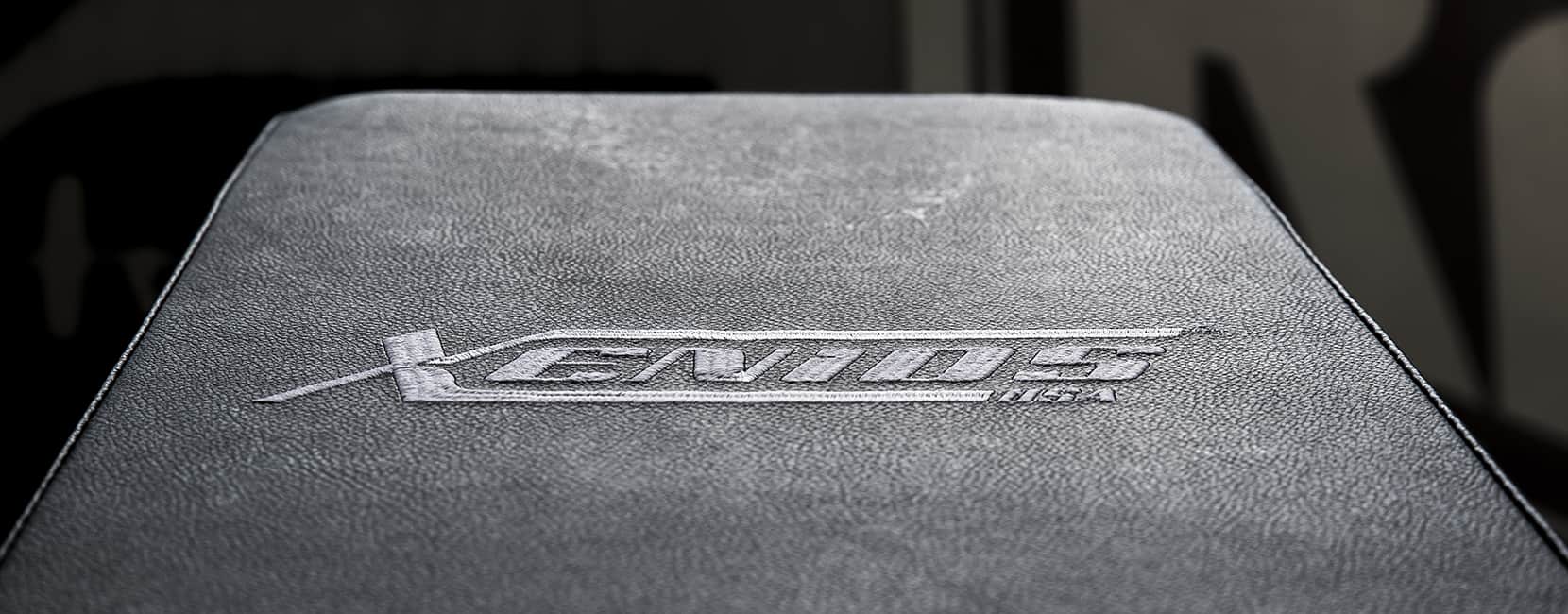

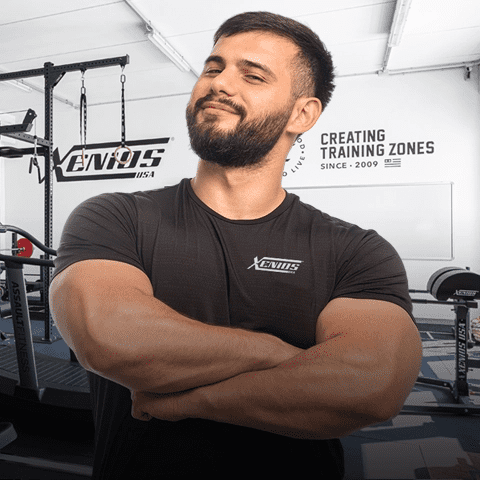
 Since 2009, we’ve been by your side, helping you create the perfect training spaces for Cross Training Boxes, Personal Trainer Studios, and professional Home Gyms.
Since 2009, we’ve been by your side, helping you create the perfect training spaces for Cross Training Boxes, Personal Trainer Studios, and professional Home Gyms.

